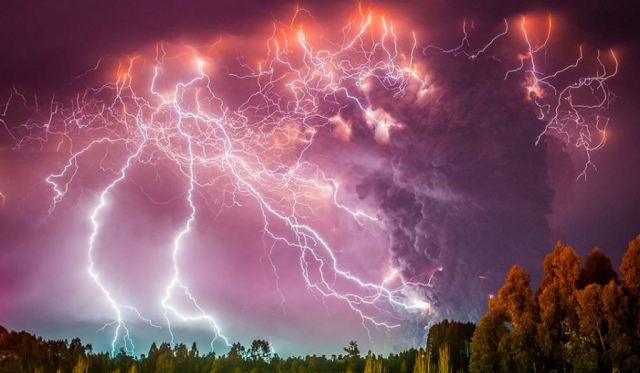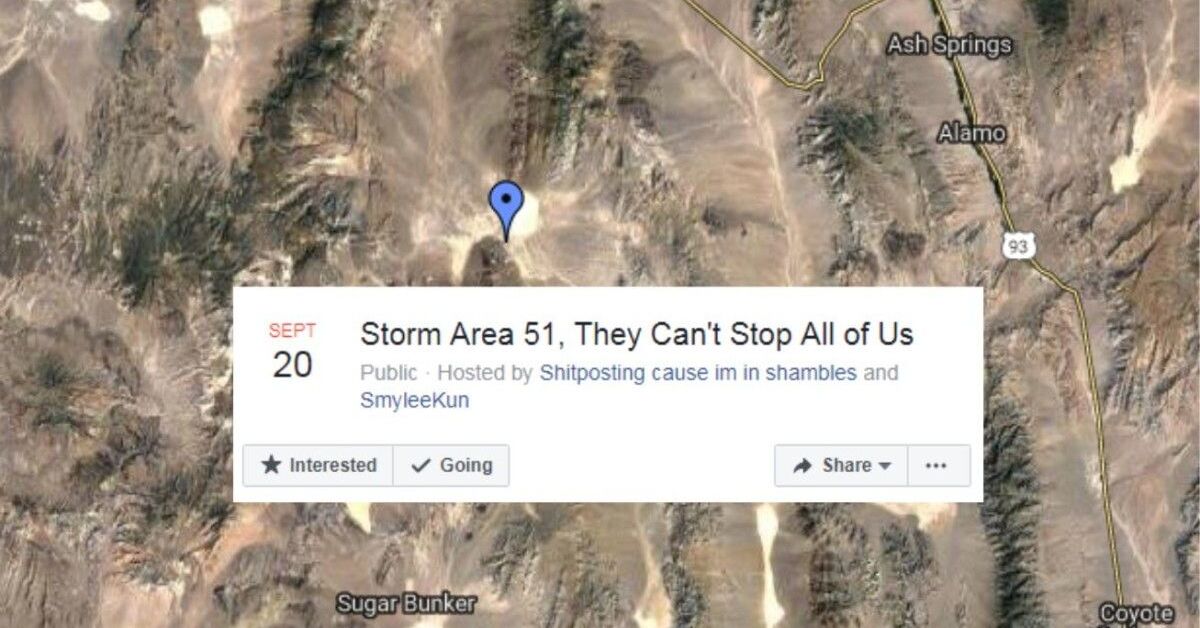
The Mandela Effect: Are We Living in Parallel Universes?
Have you ever been absolutely certain about a fact or event, only to find out that your memory was completely false?
What if I told you that you’re not alone? Welcome to the fascinating world of the Mandela Effect, where collective misremembering and false memories take center stage. But could there be something more to this phenomenon? Could the Mandela Effect be a clue that we are living in parallel universes?
Let’s dive into the realm of the Mandela Effect, where memories clash with reality, and the very fabric of our perception is challenged. Join us as we explore the roots of this intriguing phenomenon, the science behind false memories, and the potential implications of parallel universes. Brace yourself for a mind-bending journey that might make you question everything you thought you knew.
Exploring the Roots of the Mandela Effect
The Mandela Effect, first coined by Fiona Broome in 2010, refers to the collective misremembering of certain events or facts. This phenomenon gained widespread attention when Broome noticed that many individuals incorrectly believed that Nelson Mandela had died in prison during the 1980s.
This sparked further exploration of shared false memories and gave rise to the term “Mandela Effect”.
How the Term Came to Be
Fiona Broome first used the term “Mandela Effect” in an online forum discussion about collective misremembering.
She noticed that a significant number of people had a vivid memory of Mandela’s death in prison, despite the fact that he was released in 1990 and went on to become the President of South Africa. Broome speculated that this shared false memory might be evidence of alternate realities or parallel universes.
Persistent Examples of Collective False Memories
Some of the most persistent examples of the Mandela Effect involve misremembering popular cultural references. For instance, many people recall the name of the children’s book series “The Berenstain Bears” as “The Berenstein Bears”. Another example is the misquotation of the iconic line from “Star Wars” as “Luke, I am your father,” when the actual line is “No, I am your father.”
These examples highlight how collective false memories can shape our perception of reality.
Memory Reconstruction and Social Influence
Memory reconstruction and social influence play significant roles in the Mandela Effect. Our memories are not fixed records of the past but are reconstructed based on context, personal experiences, and external influences.
False memories can arise when individuals are exposed to suggestive information or when memories are reinforced through group discussions, media portrayals, or cultural influences. The Mandela Effect demonstrates how societal factors can shape and distort our individual recollections.
| Examples of Collective False Memories | Correct Version |
|---|---|
| The Berenstain Bears | The Berenstain Bears |
| “Luke, I am your father” | “No, I am your father” |
Memory Versus Reality: Misinformation and the Brain
When it comes to memory, our brains often face a delicate battle between reality and misinformation. Memory reconstruction is a natural process that occurs when our brains fill in gaps, allowing us to create a coherent narrative based on fragmented or incomplete information.
However, this intricate process can sometimes lead to the formation of false memories.
External sources of misinformation or suggestion can significantly influence the creation of false memories. When exposed to misleading information or suggestive techniques, our brains can inadvertently construct memories that differ from the actual events or facts.
This phenomenon, known as memory implantation, demonstrates the malleable nature of memory and its susceptibility to external influences.
Additionally, cognitive biases contribute to the formation and persistence of false memories. Confirmation bias, for example, can lead us to selectively remember information that aligns with our pre-existing beliefs or expectations, while neglecting contradictory evidence. These biases further blur the line between memory and reality, allowing false memories to take hold.
Psychological explanations offer insights into why false memories occur. The reconstructive nature of memory means that our brains often fill in gaps or modify details to create a more coherent narrative. Cognitive dissonance, the discomfort we experience when holding conflicting beliefs or perceptions, can also contribute to the creation of false memories as our brains attempt to align our experiences with our beliefs.
Social and cultural factors also play a role in the formation of false memories. Group discussions or media influence can reinforce or shape our memories, leading to collective misremembering of events. These psychological explanations shed light on the intricate mechanisms behind false memories and the challenges we face in differentiating between memory and reality.
The Role of Memory Reconstruction
Memory reconstruction is a fundamental process in our brains that allows us to construct meaningful narratives based on fragmented or incomplete information. It enables us to bridge gaps in our memories by filling in missing details, connecting the dots, and creating a coherent story.
However, this process is not always accurate, as our memories can be influenced or distorted by external information or suggestions.
Memory Implantation and Cognitive Biases
Memory implantation refers to the intentional creation of false memories through suggestive techniques or leading questions. This demonstrates the remarkable suggestibility of our memories and raises concerns about the reliability of eyewitness testimony in legal settings.
Additionally, cognitive biases, such as confirmation bias, contribute to the formation and reinforcement of false memories, further blurring the line between what we remember and what actually happened.
Psychological Explanations for False Memories
Psychological explanations provide insights into why false memories occur. The reconstructive nature of memory means our brains create a coherent narrative by filling in gaps and modifying details. Cognitive dissonance, the discomfort we experience when holding conflicting beliefs, can also influence the formation of false memories.
Social and cultural factors, such as group discussions and media influence, contribute to the shaping and reinforcement of false memories, highlighting the impact of external factors on our memories.
Overview of Memory Versus Reality
| Concept | Description |
|---|---|
| Memory Reconstruction | The natural process in which our brains fill in gaps and create a coherent narrative based on fragmented or incomplete information. |
| Memory Implantation | The intentional creation of false memories through suggestive techniques or leading questions. |
| Cognitive Biases | Biases that influence our thinking and decision-making, contributing to the formation and persistence of false memories. |
| Psychological Explanations | The reconstructive nature of memory, cognitive dissonance, and social and cultural factors that shape and reinforce false memories. |
Iconic Pop Culture Misconceptions and the Mandela Effect
The Mandela Effect is not limited to historical events or scientific facts; it also extends to our collective memory of pop culture. This phenomenon has led to the misinterpretation and distortion of iconic movie lines, historical inaccuracies in popular media, and the misremembering of famous songs or logos.
One example of the Mandela Effect in pop culture is the misquoting of the line “Mirror, mirror on the wall” from the Disney movie “Snow White.” In reality, the actual quote is “Magic mirror on the wall.” This small change has been misremembered by many and has become a widely-shared false memory.
Another iconic movie line that has been misquoted due to the Mandela Effect is “Luke, I am your father” from the “Star Wars” franchise. The correct line is “No, I am your father,” but the misquote has become ingrained in popular culture and is often used as a reference or parody.
Historical figures and their depictions in pop culture have also been subject to the Mandela Effect. For example, many people remember the Monopoly man sporting a monocle when, in reality, he never wore one.
This false memory has been perpetuated by various media and is a prime example of how our collective memory can be influenced and distorted.
| Examples of Pop Culture Misconceptions: | Actual Details: |
|---|---|
| Believing Henry VIII held a turkey leg in portraits | He actually held a book |
| Misremembering the spelling of the children’s book series “The Berenstain Bears” as “The Berenstein Bears” | The correct spelling is “The Berenstain Bears” |
| Misattributing the “We are the Champions” song ending with “of the world” | The song doesn’t end with “of the world” |
These collective false memories in pop culture have captured the curiosity and fascination of many and have contributed to the intrigue surrounding the Mandela Effect phenomenon.
The misremembered details and misconceptions serve as compelling examples of memory distortion and the malleability of our recollections.
Examining Parallel Universes Theory
One intriguing explanation for the Mandela Effect lies in the concept of parallel universes theory, which is rooted in the principles of quantum physics. According to this theory, there could exist multiple universes or realities that coexist alongside our own.
Proponents of the Mandela Effect propose that individuals experiencing shared false memories may have actually shifted from alternate realities where those memories were accurate. While this theory remains highly speculative, it opens up a realm of questions about the nature of reality and the existence of multiple timelines or possibilities.
The idea of parallel universes holds a psychological appeal as it offers a potential explanation for the phenomenon of collective false memories. It taps into our innate curiosity about the nature of consciousness and perception, inviting us to explore the possibility of altered realities beyond our own.
| Parallel Universes Theory | Quantum Physics | Alternate Memories | Altered Realities | Psychological Appeal |
|---|---|---|---|---|
| Proposes the existence of multiple universes or realities | Based on the principles of quantum physics | Suggests that shared false memories are accurate in other realities | Raises questions about the nature of reality and the possibility of different timelines | Offers an intriguing explanation for collective false memories and appeals to our curiosity about consciousness and perception |
Evaluating the Impact of the Mandela Effect
The Mandela Effect has had a profound impact on our collective consciousness and cultural discourse. It goes beyond mere individual experiences of false memories and has gained significant cultural significance as a topic of discussion and debate. This phenomenon has sparked conversations about memory reliability, the influence of media, and the malleability of perception.
One of the notable effects of the Mandela Effect is the formation of online communities dedicated to exploring and documenting instances of collective false memories.
These communities serve as platforms for individuals to share their experiences and engage in discussions about memory-related topics. They contribute to the ongoing dialogue surrounding this phenomenon and provide a space for individuals to seek validation and understanding.
The Mandela Effect is not only seen as a curious phenomenon but also as a reflection of broader issues related to memory, cognition, and the nature of reality. It raises important questions about the reliability of our memories and the extent to which external factors can influence our recollection of events and facts.
By questioning the reliability of memory, the Mandela Effect encourages us to critically examine the information we encounter and challenge our own beliefs and perceptions. It serves as a reminder that memory is subjective and susceptible to distortion, emphasizing the need for critical thinking and verification of facts.
As the impact of the Mandela Effect continues to unfold, it prompts us to reevaluate our understanding of memory, cognition, and the cultural significance of shared false memories. It challenges conventional notions of memory reliability and invites further exploration into the complexities of human perception and the nature of reality.
| Impact | Cultural Significance | Memory Reliability | |
|---|---|---|---|
| Public Awareness | Increased awareness of collective false memories | Generates discussions about memory and perception | Raises questions about the reliability of memory |
| Online Communities | Creation of communities dedicated to exploring the Mandela Effect | Serves as platforms for sharing experiences and seeking validation | Encourages critical examination of memory and verification of facts |
| Cultural Discourse | Prompts conversations about memory reliability and media influence | Challenges conventional notions of memory and cognition | Invites exploration into the complexities of human perception |
Conclusion
The Mandela Effect continues to spark ongoing debate, with skeptics attributing it to the fallibility of human memory and the influence of suggestion and misinformation. However, others find significant cultural and scientific implications in this phenomenon. It raises questions about the reliability of memory and the nature of external reality.
For those who see the Mandela Effect as culturally significant, it serves as a fascinating exploration of how collective misremembering occurs and why certain false memories persist. It challenges our understanding of memory, perception, and the subjective nature of truth in a world where shared experiences can be so easily distorted.
The future of the Mandela Effect discourse lies in further research into memory processes and psychological mechanisms that contribute to false memories. Scientists and researchers are driven to explore alternate explanations for these shared false memories, which offer valuable insights into human cognition and the malleability of our perception of reality.













